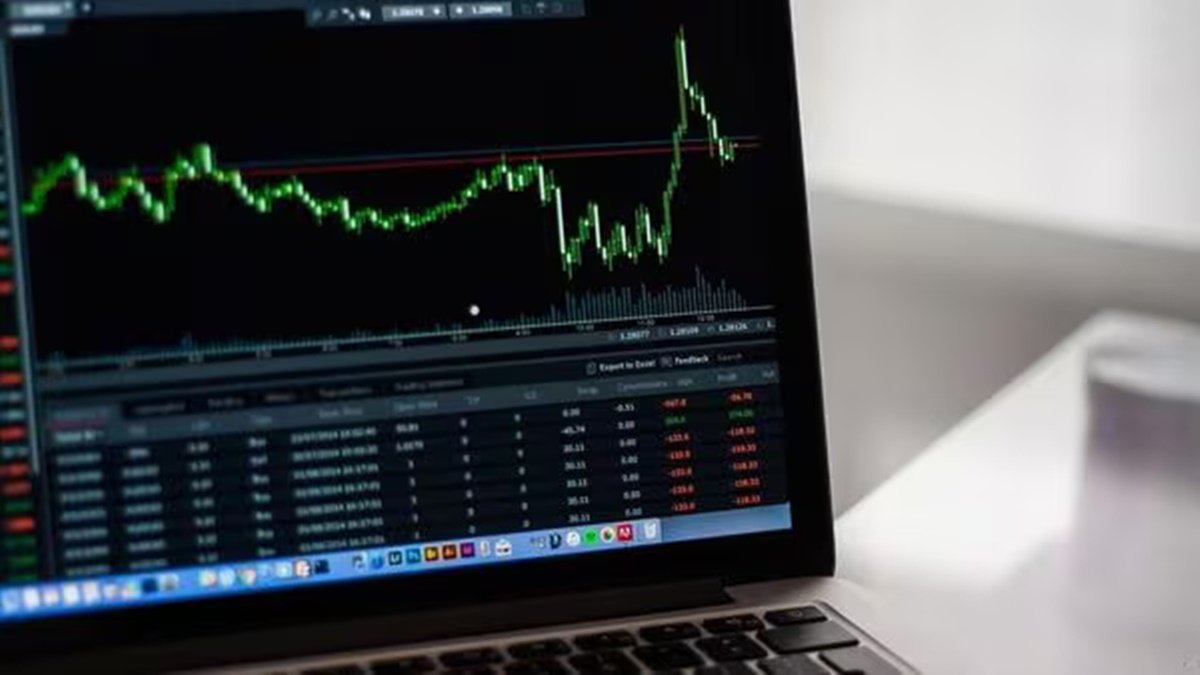With the stock market hitting new highs and participation of retail investors rising significantly, exchanges are also doing their bit by giving investors more options to invest through launch of new indices.
Sample this: Last Friday, NSE launched the NSE Waves Index, which will include 43 companies from media and entertainment industry. And both the exchanges have already launched three indices in FY26. In FY25, BSE and NSE collectively launched 41 indices – over three a month. In comparison, NSE had launched just seven in FY23 and FY24 while BSE hadn’t launched any index, according to its subsidiary Asia Index’s website.
According to industry experts, the surge in the number of indices, and effectively slicing and dicing the market has happened primarily because fund houses are seeking to attract more money in the passive business. An exchange insider admitted that fund houses approach them on a regular basis to create new themes, something like the ‘flavour or theme of the season’ – like NSE Waves that will attract investor attention and help fund houses to launch new fund offers. In addition, this also gives exchanges a new line of business, as they are able to earn around a percentage point of the assets collected by schemes, based on their indices.
This surge also comes as an aftermath of the categorisation norms of the Securities and Exchange Board of India that restrict fund houses from launching schemes of the same nature.
That is, the SEBI rules introduced in 2022 prohibited asset management companies from offering two schemes under different names with identical investment mandates. As a result of this mandate, the fund houses had to realign their schemes and portfolio to classify them under the newly formed categories.
Currently, there are 36 defined categories by SEBI. At a recent event, Executive Director Manoj Kumar had highlighted the need to simplify the categorisation of mutual funds and the nomenclature amid concerns of proliferation of thematic mutual fund schemes.
A Balasubramanian, CEO of Aditya Birla Sun Life AMC, said categorisation may be one of the reasons but it is basically the expansion of the market. He noted that market participants have increased, and the number of actively-traded companies having risen to 1,000 from different sectors.
According to Sandeep Bagla, CEO of TRUST Mutual Fund, the surge in indices show maturing of the industry and narrowly defined indices are needed for investors who want to follow a specific strategy.
Swarup Mohanty, CEO of Mirae Asset Investment Managers said it fosters unlimited ideation for passive schemes unlike the categorisation norms for active schemes which restrict new ideas.
In its board meeting in May last year, SEBI lifted the 25% cap on index funds and ETFs to invest in shares of group companies of their sponsors. With this, funds can invest up to 35 % of their assets in such entities, harmonising their investment approach in line with their names, that of passive funds that track indices.





